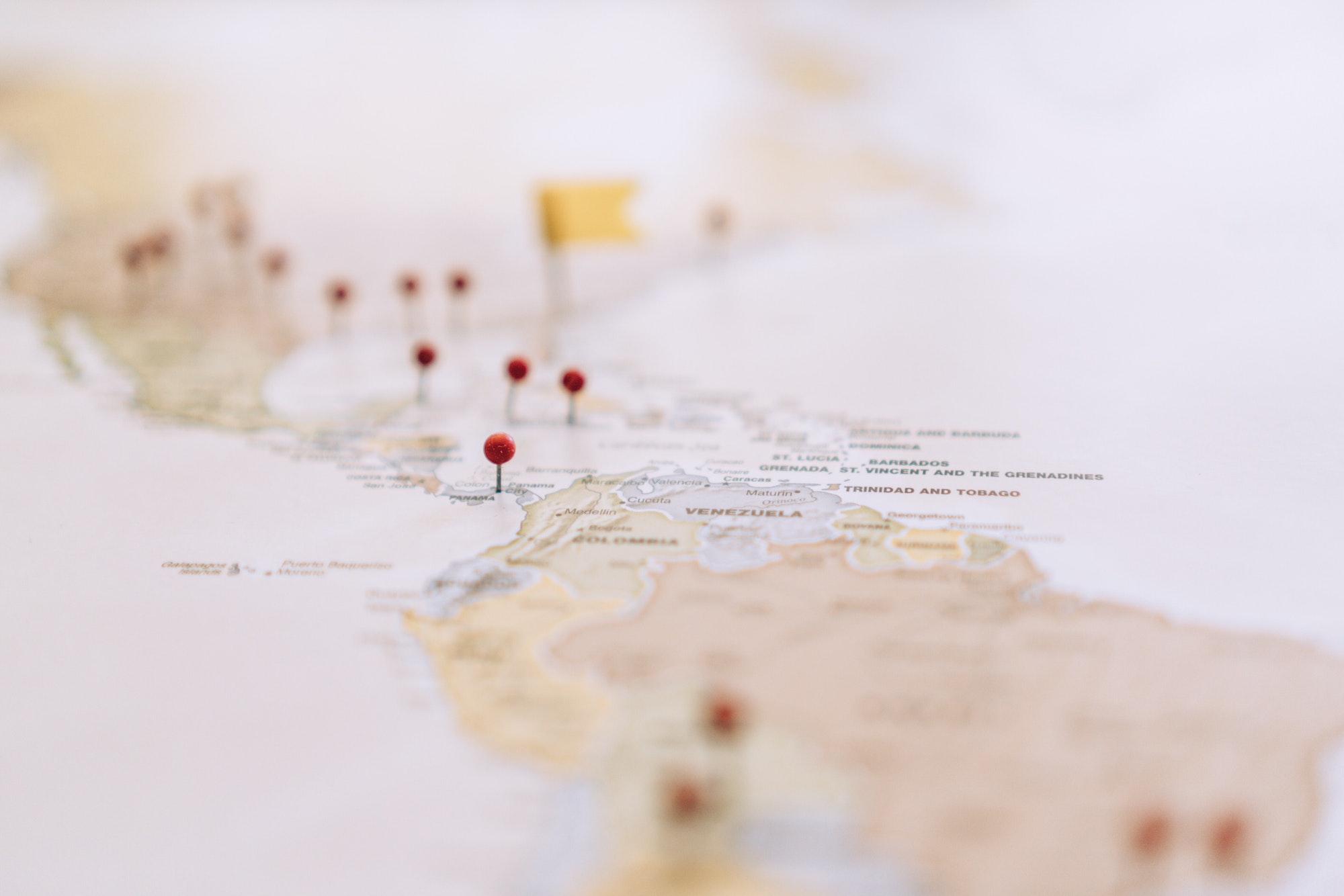What’s Going On?
China just released a new map claiming a huge chunk of the South China Sea as their own. This stirred the pot, big time. The Philippines, Malaysia, Taiwan, and Vietnam came together to say, “Nah, that’s not happening.”

China’s Bold Move
China’s new map shows a U-shaped line that tries to claim about 90% of the South China Sea. This area is a hotbed for conflict because it’s super important for trade—like $3 trillion worth a year. Plus, it’s filled with valuable resources like oil and gas.
The Group Rejection and Why It Matters
These four countries aren’t just saying no for the heck of it. They’re sticking to international laws, like the United Nations Convention on the Law of the Sea (UNCLOS). They’re also bringing up a 2016 ruling that basically told China their claims were a no-go.

Philippines: Sticking to the Rulebook
For the Philippines, this new map is a déjà vu moment to 2016, when a court ruled that China’s previous line-drawing didn’t cut it and sided with the Philippines. They’re saying, “Hey China, play by the rules and keep things chill.”
Malaysia: Sending a Formal “WTH” to China
Malaysia was quick to lodge an official complaint against China’s new map. This shows they’re committed to keeping their waters their own, and they’re all about solving things diplomatically.

Taiwan: We’re Not With Them
Taiwan is like, “We’re not part of China, don’t loop us in.” They’re sticking to their guns about being their own entity and are happy to deal with the world independently, thank you very much.
Coming Together Despite Differences
The cool thing here is that all four countries are showing unity in telling China their map isn’t cool. They may have different governments and goals, but they’re all about keeping their maritime rights intact.

So, What’s Next?
As tensions rise, it’s key to keep things rational and fair. All sides should look at history, law, and geography to figure out a peaceful solution. This keeps in line with United Nations’ ideals and makes for better diplomacy all around.
Wrapping it Up
The quick and firm “no” to China’s new map from these four countries tells us that international rules and unity still matter. This could be a roadmap for how nations deal with conflicts in the future. The message is clear: Stick to the rules, and let’s all find a way to get along.

FAQ: What You Need to Know About the South China Sea Map Drama
Q: What’s the South China Sea and why does it matter?
A: The South China Sea is a major body of water that’s critical for global trade routes. It’s also rich in resources like fish, oil, and gas. A lot of countries in the region have claims to parts of it, so it’s a hotspot for territorial disputes.
Q: What did China do this time?
A: China released a new map, basically drawing a big U-shaped line to claim almost 90% of the South China Sea as their own turf. This didn’t sit well with a bunch of other countries.
Q: Who’s pushing back against China?
A: Four countries—the Philippines, Malaysia, Taiwan, and Vietnam—are not cool with China’s new map. They’ve come together to say it’s not legit and goes against international law.
Q: What’s UNCLOS?
A: UNCLOS stands for the United Nations Convention on the Law of the Sea. It’s an international treaty that sets the rules for how countries can use the world’s oceans. All the countries rejecting China’s claims are pointing to UNCLOS to back up their stance.
Q: What was the 2016 ruling about?
A: In 2016, an international court ruled in favor of the Philippines, saying that China’s previous claims in the South China Sea (the “nine-dash line”) didn’t hold water (pun intended). This ruling is still cited as a key reason why China’s current claims are not okay.
Q: What did Malaysia do?
A: Malaysia lodged an official complaint, basically a diplomatic “WTH” to China. They’re trying to keep things peaceful but are firm about defending their own maritime boundaries.
Q: What’s Taiwan’s angle?
A: Taiwan is making it clear they’re their own thing and not a part of China. They’re also against China’s map because it would include them in China’s claims.
Q: Can these countries actually stop China?
A: That’s the big question. Right now, it’s more of a political and diplomatic game. But them coming together to say “no” sends a strong message that they won’t easily give in to China’s claims.
Q: What’s the next step?
A: The hope is that everyone chills out and comes to the table to talk it through. By following international laws and looking at history and geography, they might find a peaceful solution.
Q: Why should I care?
A: This isn’t just about some lines on a map. It’s about international law, global trade, and peace in a region that’s super important for the world. So, it affects you more than you might think.
Hope this FAQ clears things up!
Sources Reuters


